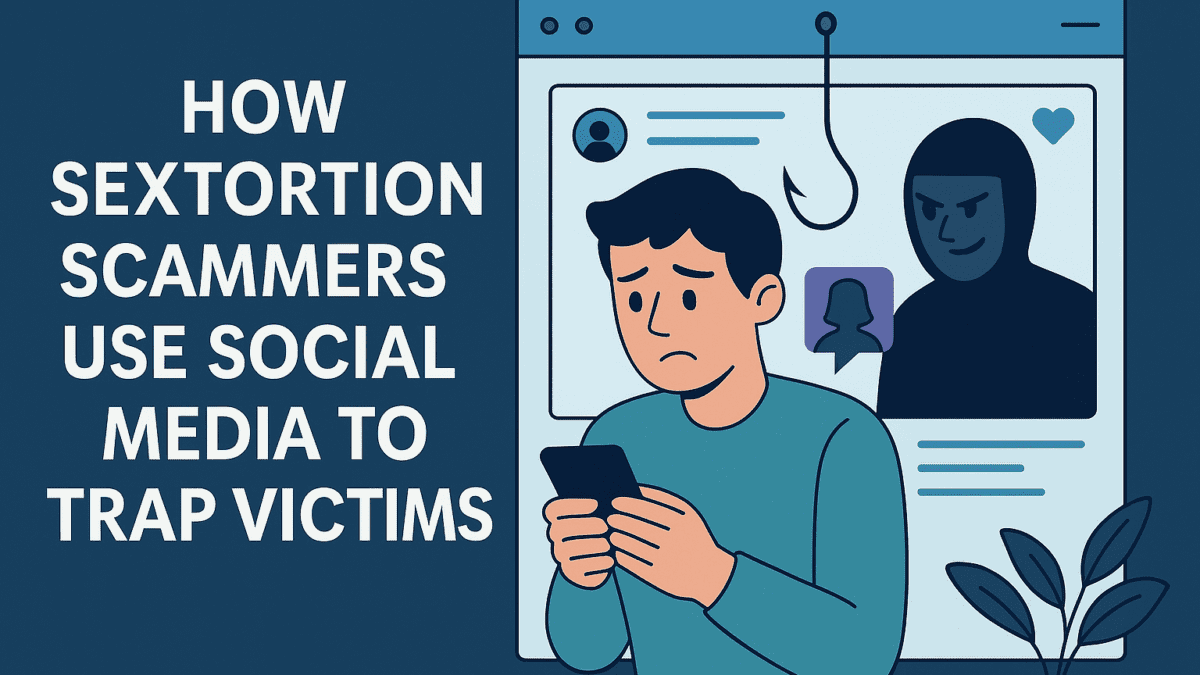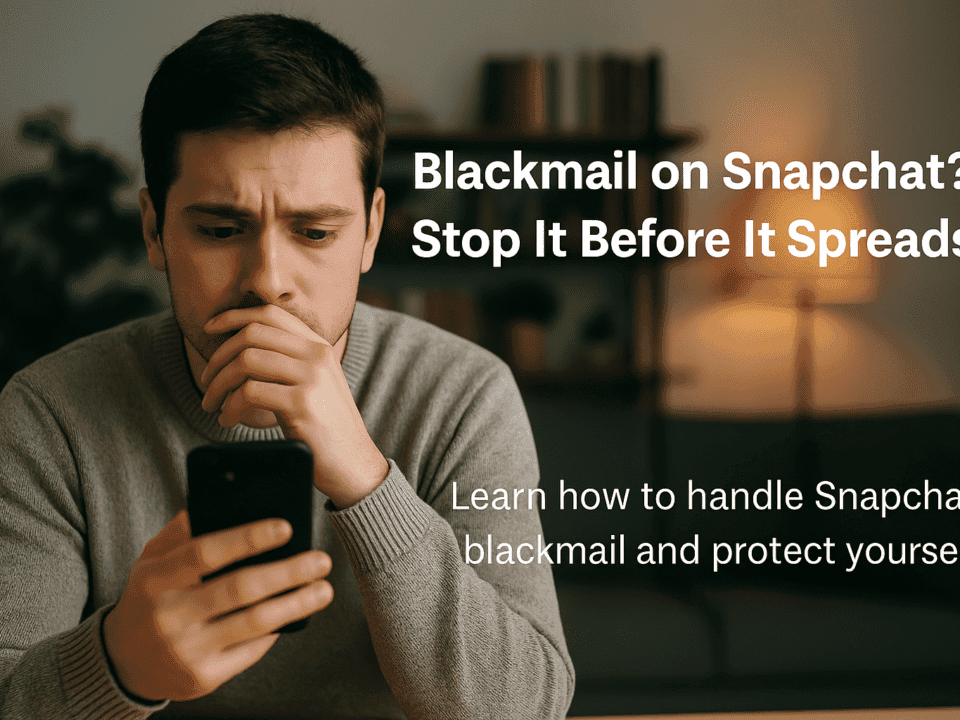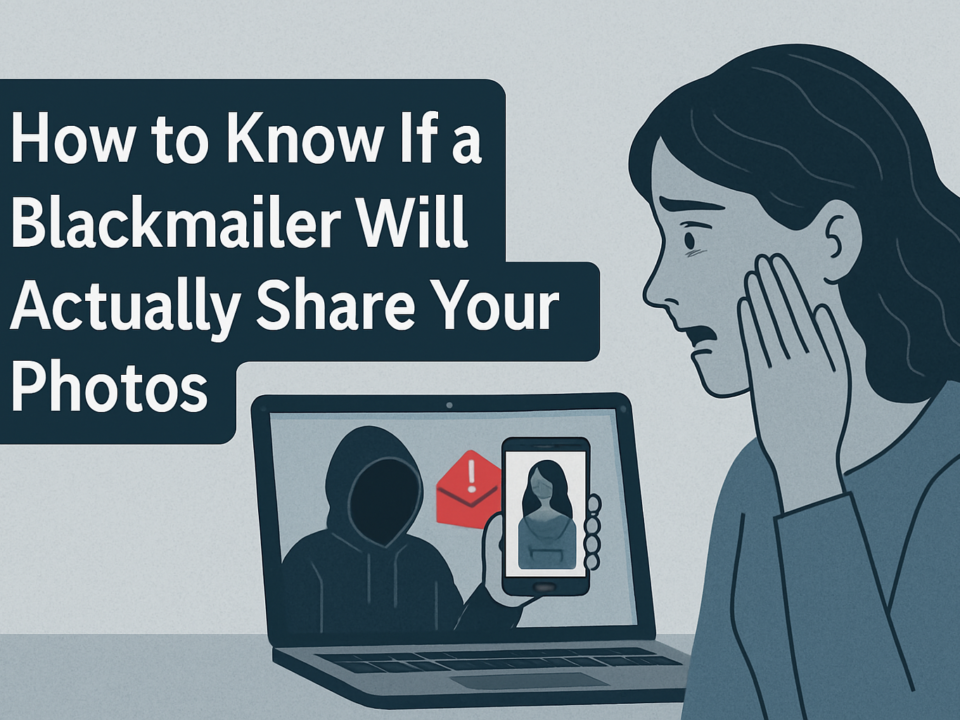
FBI Crackdowns on Sextortion: What These Arrests Really Mean for Victims
June 6, 2025
What to Do If You’ve Already Sent a Private Photo to a Scammer
June 6, 2025It usually starts innocently.
A message request. A like on your post. A friendly DM from someone who seems attractive, interested, and genuine.
But sometimes, behind that smiling profile picture is a predator. And before you know it, you're in the middle of a sextortion scam.
In this article, we’ll explore how sextortion scammers are using social media to target victims — and how you can spot them before it's too late.
Why Social Media Is Their Playground
Sextortion scammers love social media for a reason: it gives them everything they need to manipulate you.
Anonymity — They can hide behind fake profiles, stolen photos, and made-up names.
Access to your life — Your bio, posts, friends list, and tagged photos give them intel.
Direct contact — DMs make it easy to bypass your guard.
Low risk, high reward — They can target thousands in minutes without ever revealing their identity.
Platforms like Instagram, Snapchat, and Facebook are particularly risky because of their visual nature and messaging systems.
Common Tactics by Platform
Follows you, likes your posts, then sends a flirtatious DM
Quickly moves conversation to WhatsApp or Snapchat
Asks for a “private photo” or offers to exchange images
👻 Snapchat
Adds you using Quick Add or a similar name
Sends a nude or video first (often fake or stolen)
Coaxes you to send one back, then screenshots and threatens
Uses mutual friends to build false trust
Pretends to be someone from your school, city, or background
Sends links or photos, then threatens exposure
Red Flags to Watch For
The account has very few followers or no mutual friends
They want to move platforms quickly (Instagram → WhatsApp)
They flirt aggressively within minutes
They send explicit images early — or ask for them
They ask for a “secret chat” or “no screenshot zone”
Their profile seems too perfect (model photos, low activity, vague bios)
If something feels off — it probably is.
What to Do If You’re Contacted
Don’t engage further. Block and report immediately.
Preserve the evidence. Take screenshots and record usernames.
Don’t send anything, even as a joke. They only need one image.
Do not pay — it only leads to more threats.
Reach out for help. You’re not alone, and this isn’t your fault.
How to Secure Your Accounts
Set your profile to private
Remove personal info (birthdays, school, city)
Turn off message requests from strangers
Enable 2-factor authentication (2FA)
Regularly audit your followers/friends
Final Thoughts
Sextortion scams don’t start with a threat — they start with connection. That’s why social media is so dangerous: it feels casual, fun, and harmless.
But one wrong message can spiral into fear, shame, and blackmail.
Awareness is your best defense. If you know what to look for, you can stop the scam before it starts.
And if you’ve already been targeted, don’t stay silent. There’s help — and hope.




